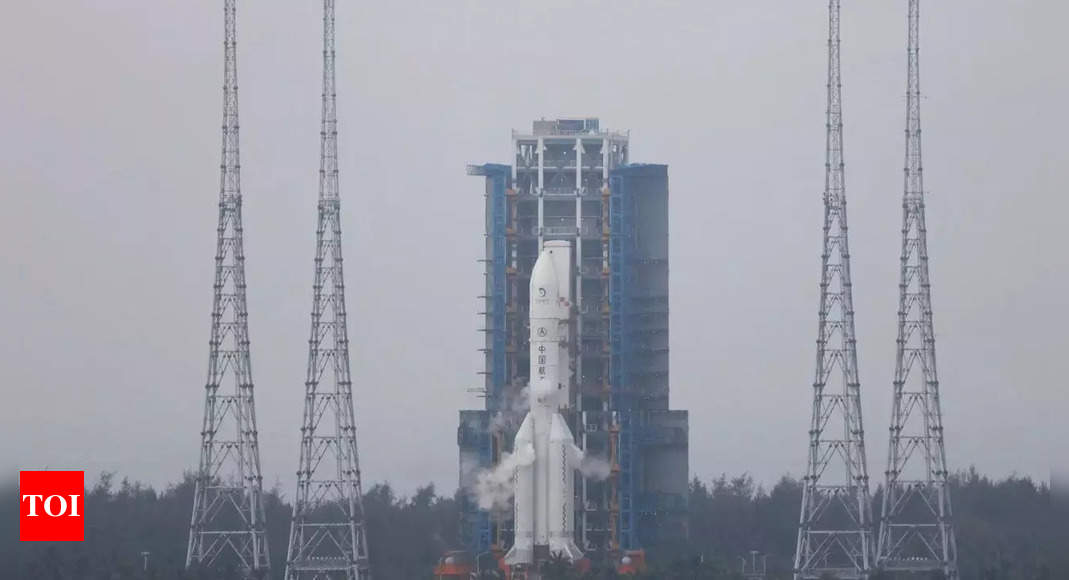
2024-06-02 06:43:38
NEW DELHI: China landed an uncrewed spacecraft, Chang’e-6 on the far side of the moon at 6:23 am Beijing time (2223 GMT) on Sunday, with a landmark mission to retrieve rocks and soil from the lunar surface according to China’s space agency.
The landing site was the South Pole-Aitken Basin, a region on the lunar surface that has never been explored by any country before.Many countries, including the United States, are hoping to exploit lunar minerals to sustain long-term astronaut missions and moon bases.
“The Chang’e-6 mission is the first human sampling and return mission from the far side of the moon. It involves many engineering innovations, high risks and great difficulty,” the China National Space Administration (CNSA) said in a statement on its website.
“The payloads carried by the Chang’e-6 lander will work as planned and carry out scientific exploration missions,” CNSA added.
This successful mission marks China’s second landing on the far side of the moon, a feat that has not been achieved by any other nation. The back of the moon always faces away from Earth, making communication a significant challenge.
The Chang’e-6 probe was launched nearly a month ago by a Chinese Long March-5 rocket from the Wenchang Space Launch Center on Hainan, a southern island in China.
(With inputs from agencies)
The landing site was the South Pole-Aitken Basin, a region on the lunar surface that has never been explored by any country before.Many countries, including the United States, are hoping to exploit lunar minerals to sustain long-term astronaut missions and moon bases.
“The Chang’e-6 mission is the first human sampling and return mission from the far side of the moon. It involves many engineering innovations, high risks and great difficulty,” the China National Space Administration (CNSA) said in a statement on its website.
“The payloads carried by the Chang’e-6 lander will work as planned and carry out scientific exploration missions,” CNSA added.
This successful mission marks China’s second landing on the far side of the moon, a feat that has not been achieved by any other nation. The back of the moon always faces away from Earth, making communication a significant challenge.
The Chang’e-6 probe was launched nearly a month ago by a Chinese Long March-5 rocket from the Wenchang Space Launch Center on Hainan, a southern island in China.
(With inputs from agencies)






